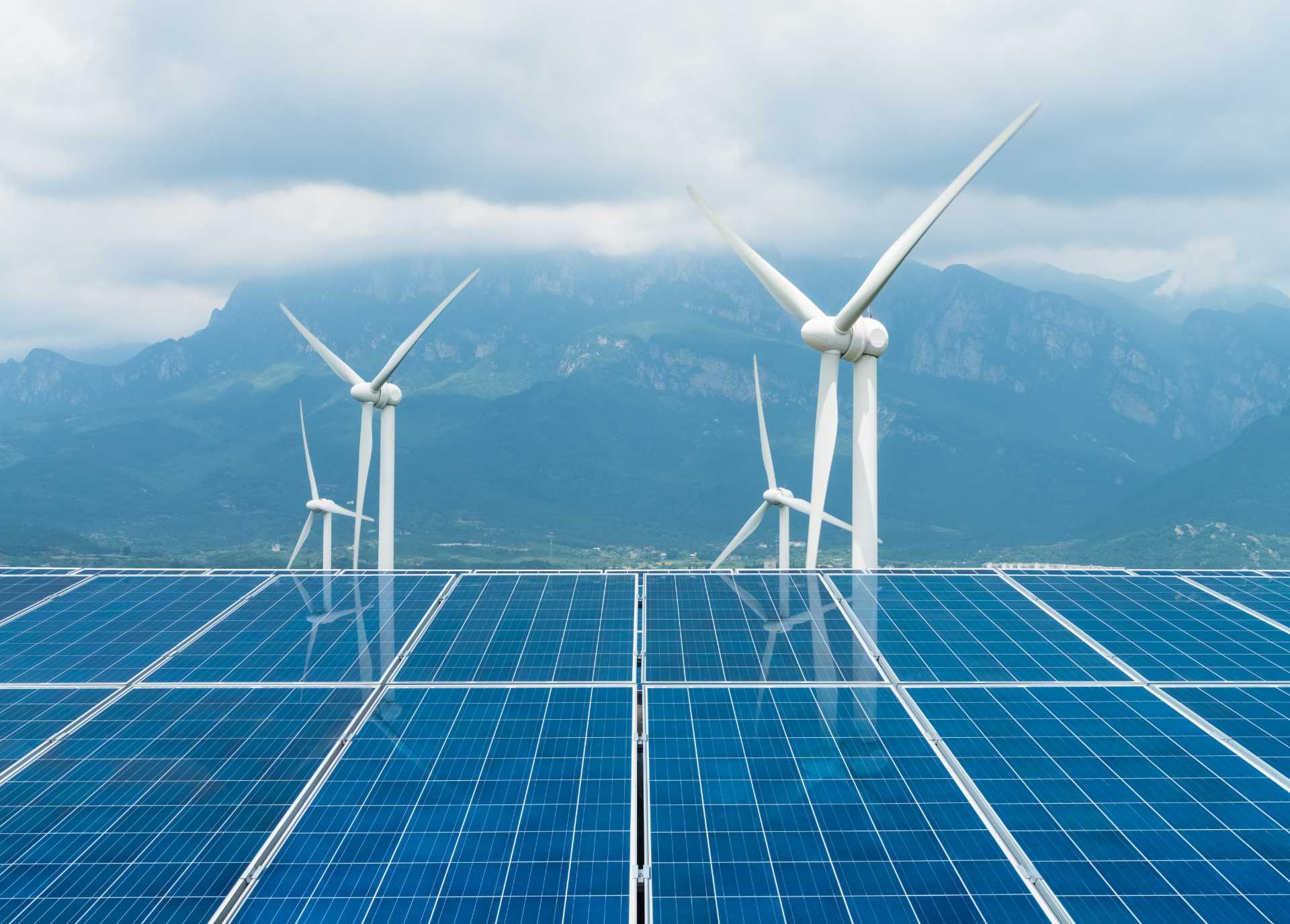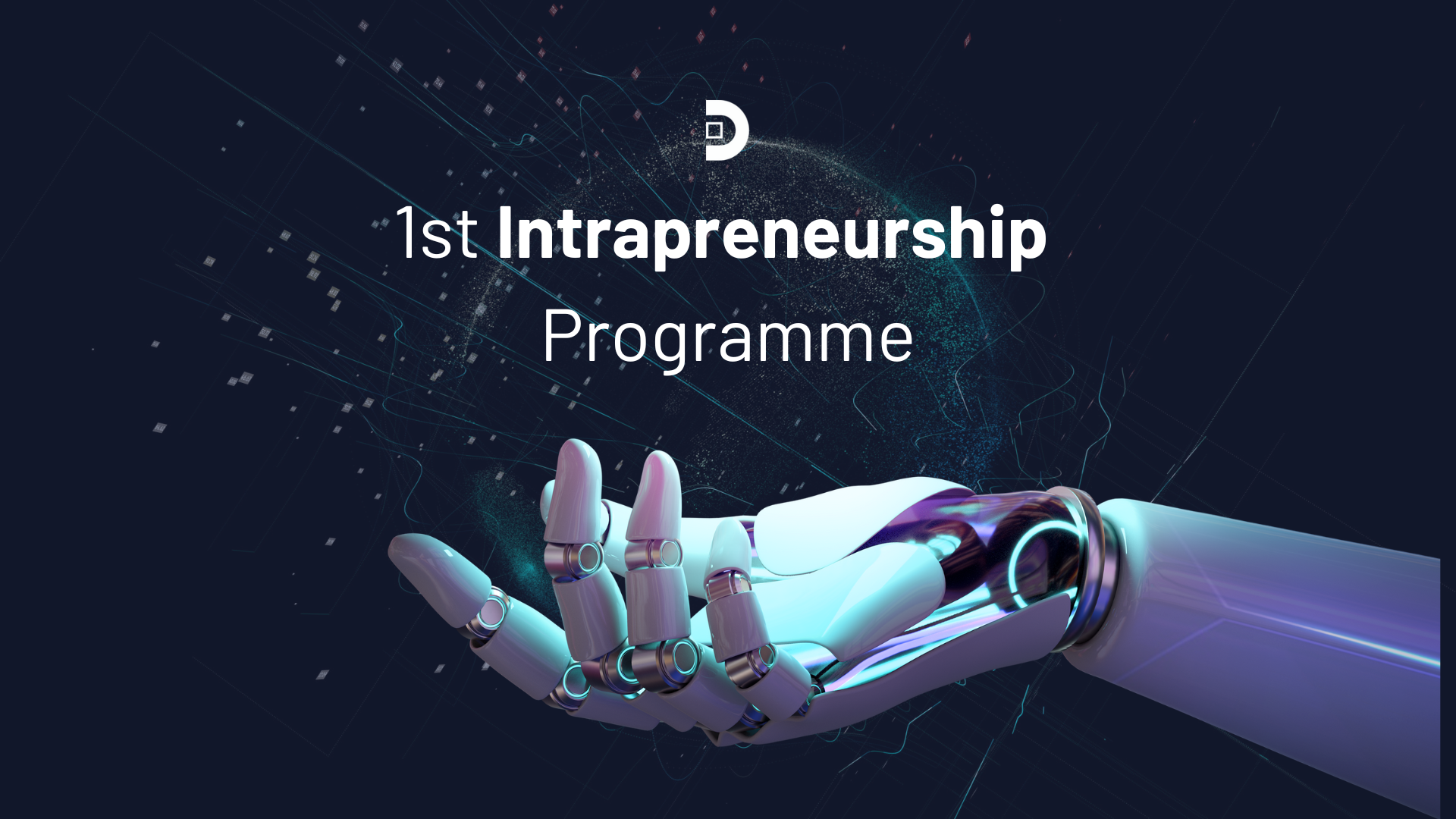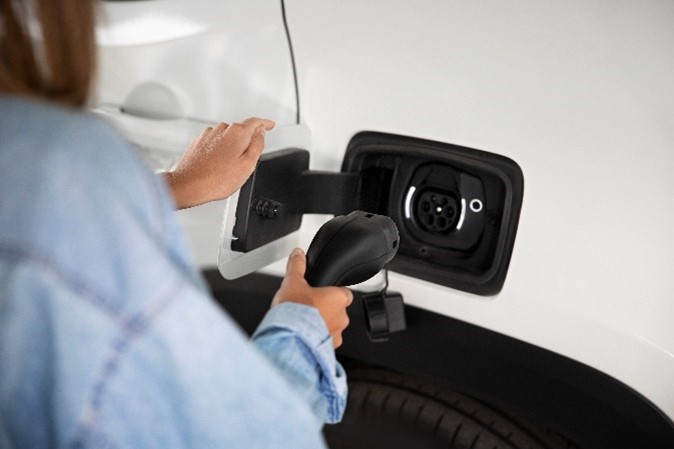According to the Construction Director of the Renewables Area, Manuel Barandiaran, “renewables have gone from being a subsidized energy to having to compete with the rest on an equal basis”. Grid Parity, the condition that applies when the price of renewable energy is equivalent to that of traditional generation, has led to a major reduction in profit margins and has forced companies to take steps to be able to compete in the market.
In this context of the rise of renewable energies, what are the present and future challenges for companies in the energy sector?
“Probably, competitiveness. Everything points to the electric car becoming a reality in the next few years, and with it, electricity consumption levels will probably be affected. The same thing will happen to energy as to data in communications: the unit price falls considerably but because the level of consumption is higher, the bill ends up being similar at the end of the day”, he says. So, to maintain profitability it will be necessary to produce more energy and do it much more cheaply. How? For example, through the redimensioning of power plants to produce more energy with the same overheads and, above all, optimizing production: “We need to restrict energy losses as much as possible and increase efficiency”
Without doubt, one of the main assets most crucial in achieving this efficiency is digitalization. Thanks to it, we can now measure almost everything, from the intensity or frequency of vibrations created by ball bearings in a wind turbine to the electrical activity in human tissue and cells. In this respect, the renewable energies sector is directly affected by the quality of these measurements and the ability to interpret the data correctly, thus adding basic value to the power generation process.
“What cannot be measured cannot be improved”
The need to detect inefficiencies is what gives meaning to the concept of sensorization of green energies: measure to know what can be improved. But what do we need to measure? There are several indicators that offer really important data to improve efficiency:
- Performance indicators in plants: they evaluate all the data from equipment such as temperature, losses, etc. to know if it is functioning as required and that a suitable proportion of energy from the sun, wind or water is being converted into electric power
- General maintenance indicators: these indicators allow the optimization of the general maintenance of a facility to reduce failure rates and improve response times through the automatic generation of work orders, etc.
- Production indicators: these check that the real level of energy generated corresponds to forecast levels. Given that electricity cannot be stored in large amounts at present, companies need to ensure that production and consumption are as similar as possible because their profitability depends on that balance. As Manuel Barandiaran explains, “if you manage to balance production and consumption, the grid rewards you. If not, it penalizes you”
- Predictive maintenance indicators: these are fundamental for diagnosing the state of the main elements in an installation. Thanks to predictive maintenance it is possible to predict failures to program operations and reduce plant downtime for maintenance as much as possible. For example, they can anticipate a breakdown so that technicians can carry out repairs during the night in the case of a photovoltaic plant, and thus avoid production outages.
- Benchmarking indicators: these allow comparisons to be made between plants or similar elements within a plant (e.g. the performance of wind turbines or solar inverters subject to comparable conditions).
These indicators are particularly important in the case of photovoltaic energy because they need to monitor several variables such as panel temperature, losses and, above all, the performance of inverters, which are the key element in the plants. Inverters convert DC power to AC, and monitor the point of peak power depending on the different solar conditions. This is why their maintenance is essential for the plant to produce the maximum possible. These and other indicators are monitored by vizualization, analysis and management systems of SCADA assets that help operators to interpret the data to take the right decisions.
The important thing is the how, not the what
Dominion is a company with a technological core that knows and monitors all its digital tools, but its really differentiating value lies in the specialized know-how of processes to achieve greater efficiency.
“Dominion's value proposition lies in understanding a process and seeing how it can be improved; understanding how energy is produced, which has an influence on production, and using this know-how to improve the plant's performance”.
Manuel Barandiaran
| Construction Director of the Renewables Area
“It is not a case of getting lost in the forest of data; the intelligence is not there, but in exploiting the data to ensure that your plant has a better performance”. For this reason, he emphasises that the real value here lies in knowledge of processes, which Dominion complements with its technological know-how to offer an end-to-end service. “All the know-how is inside Dominion: on one hand, the design, construction, operation and maintenance of a plant, and on the other, the capture and processing of data to maximize efficiency. It is a 360o service that enable us to integrate and provide a service of greater value to the client”, he concludes.












